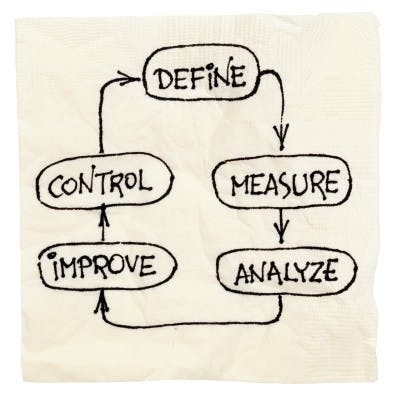I’ve done a lot of research and reading lately that really cemented my view that feedback delivered via the formalized annual performance review, is not very useful as a developmental tool.
To be useful (i.e. leveraged to drive development), feedback needs to be continuous. It needs to be baked into the day-to-day rhythm of work.
To help bring this point home, I am going to use two examples – athletes and software developers. What do athletes and software developers have in common? In terms of harnessing the power of continuous feedback — a lot.
What managers can learn from coaches
In any sport, individual or team, do coaches wait until the end of the match/game/season to share feedback with their athlete(s)? No way! Coaches give feedback continuously.
They give it before, during and after the event. They give it individually and to the team overall. They provide examples and specifics to help their athletes fine tune their skills. They play back what’s working, and what isn’t. And in team sports, players give feedback to each other in the same way.
Software developers do much the same thing when they leverage an agile development approach. Henrik Kniberg and Mattias Skarin are well versed in the agile development process. As they put it:
Change something=> Find out how it went => Learn from it => Change something again. Generally speaking you want as short a feedback loop as possible, so you can adapt your process quickly.
According to Lisa Crispin: When we know right away, it’s easy to fix. Problems don’t worry us, because we know we can fix them in a timely manner and move on.
Knowledge is power
In both examples, the focus is to enable continuous improvement by addressing problems as they arise, so they never mushroom into code red issues. Because feedback is in the moment, it allows the recipient to focus on adapting quickly to changing reality – which is a critical hallmark of doing knowledge work effectively.
Whether you’re coding or coaching, specific examples and immediate feedback from multiple perspectives help to cement understanding by providing something tangible to act on. Short feedback loops work for any role where creative application of skill is required to achieve outcomes.
The beauty of a loop is that it is continuous – plan, act, assess, modify. This continuity helps facilitate a rapid increase in future capability. Short feedback cycles help build confidence because problems can be addressed when they are small, allowing for quick course correction as well as the acknowledgement and re-use of what’s working well.
Humans value collaboration, creativity and celebration. Feedback that is part of the everyday work environment, that is asked for and accepted from all directions, becomes part of the culture and helps people see their true potential as well as what they can achieve together.
This was originally published on PeopleResult’s Current blog.
